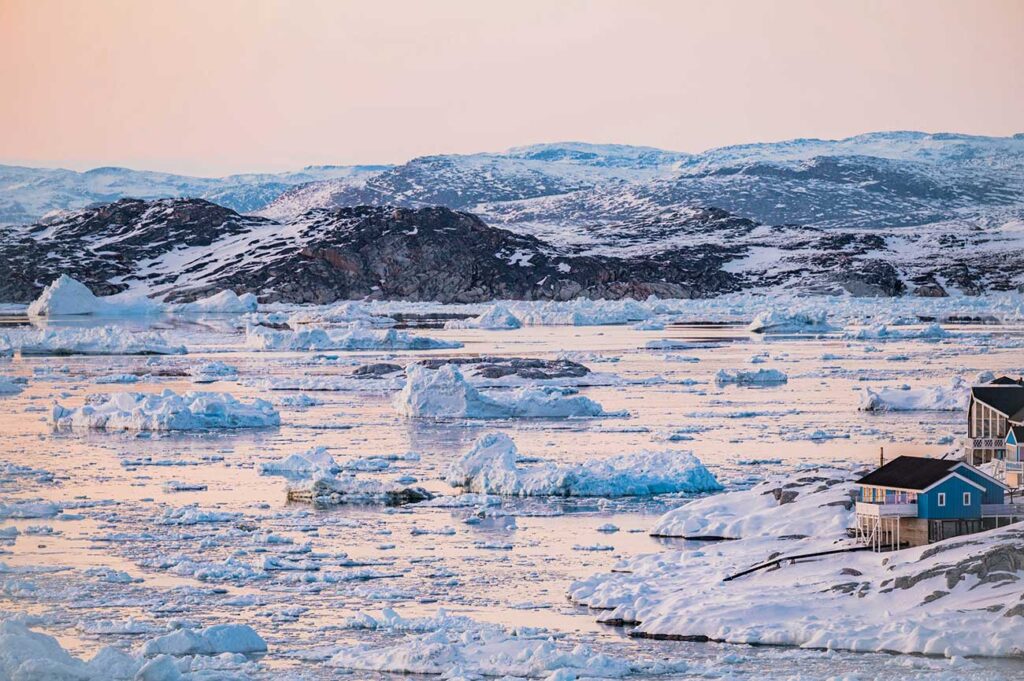Arctic Meltwater Unveiled: Nature’s Liquid Legacy
By Erin Towns
Venturing into the realm of polar research photography transported me to a world of awe-inspiring beauty contrasted by the relentless forces of change and instability. The sight of glacial meltwater carving its path through ancient ice formations is both mesmerizing and humbling.
I have learned to embrace the waiting games dictated by unpredictable polar conditions, knowing that each moment holds the potential for a remarkable shot. In this realm, my lens becomes a bridge between the ethereal beauty of polar landscapes and the tenacity of scientific exploration, capturing the essence of a world in constant transformation.
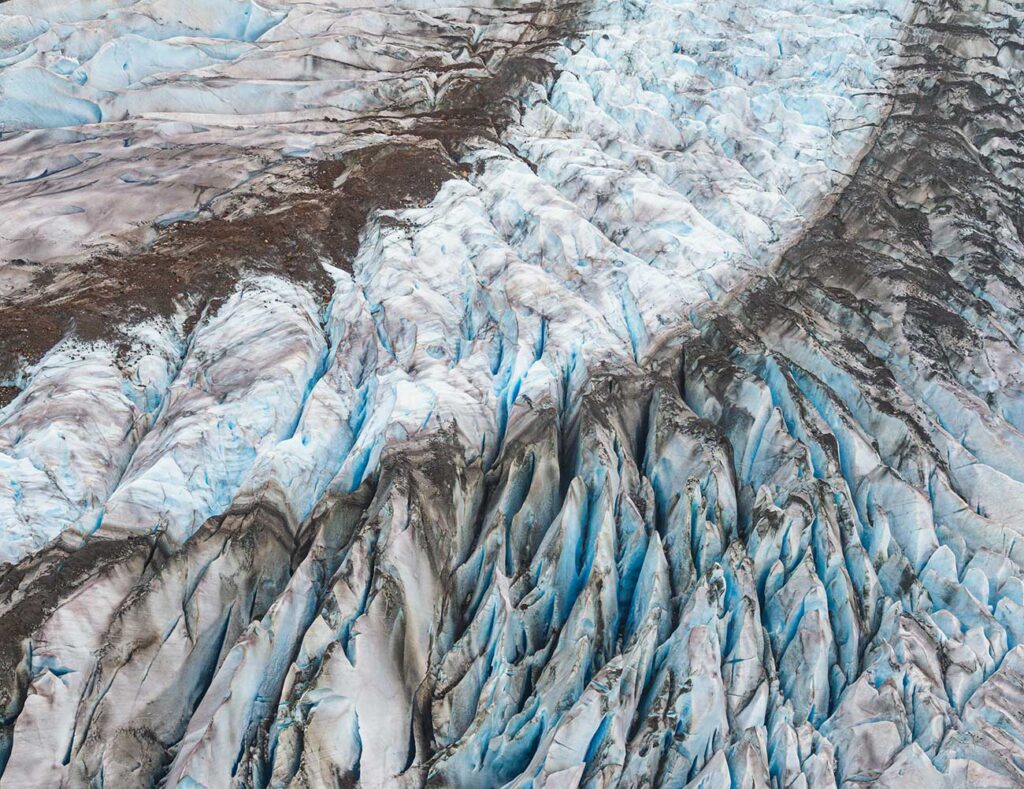
Erin Towns © All rights reserved.
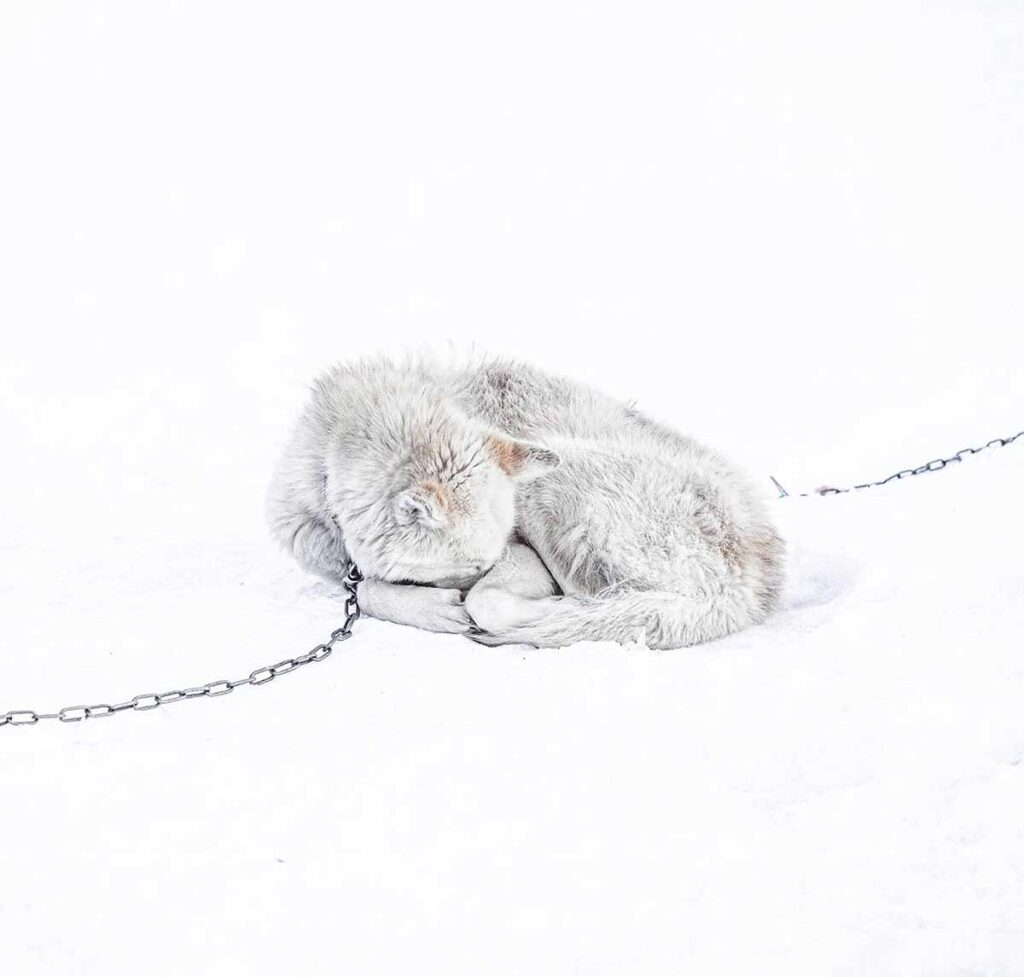
Erin Towns © All rights reserved.
About three-quarters of Earth’s freshwater is stored in glaciers and ice sheets. Supraglacial lakes that form on the surface influence ice melt dynamics and accelerate the melting process. The beauty of vivid green water is due to the presence of finely ground rock particles, minerals, and microscopic algae. Meltwater rivers contribute to the overall water supply, supporting and sometimes harming human populations and ecosystems. Understanding and monitoring the impacts of thawing Arctic permafrost on meltwater runoff highlights the interconnectedness of Earth’s systems and the complex consequences of warming temperatures in polar regions.
While navigating dangers, including large crevasses, polar scientists spend time in the field using ground-penetrating radar systems and seismic tremor technology to unravel the mysteries of glacial hydrology. Their data is crucial for coastal communities managing sea level rise and infrastructure issues, global security strategies, and economic adaptation planning.
Driving along Alaska’s Dalton Highway, trailing a fuel truck, my thoughts turned to the stark reality of warming temperatures, meltwater, and profound shifts in our environment.
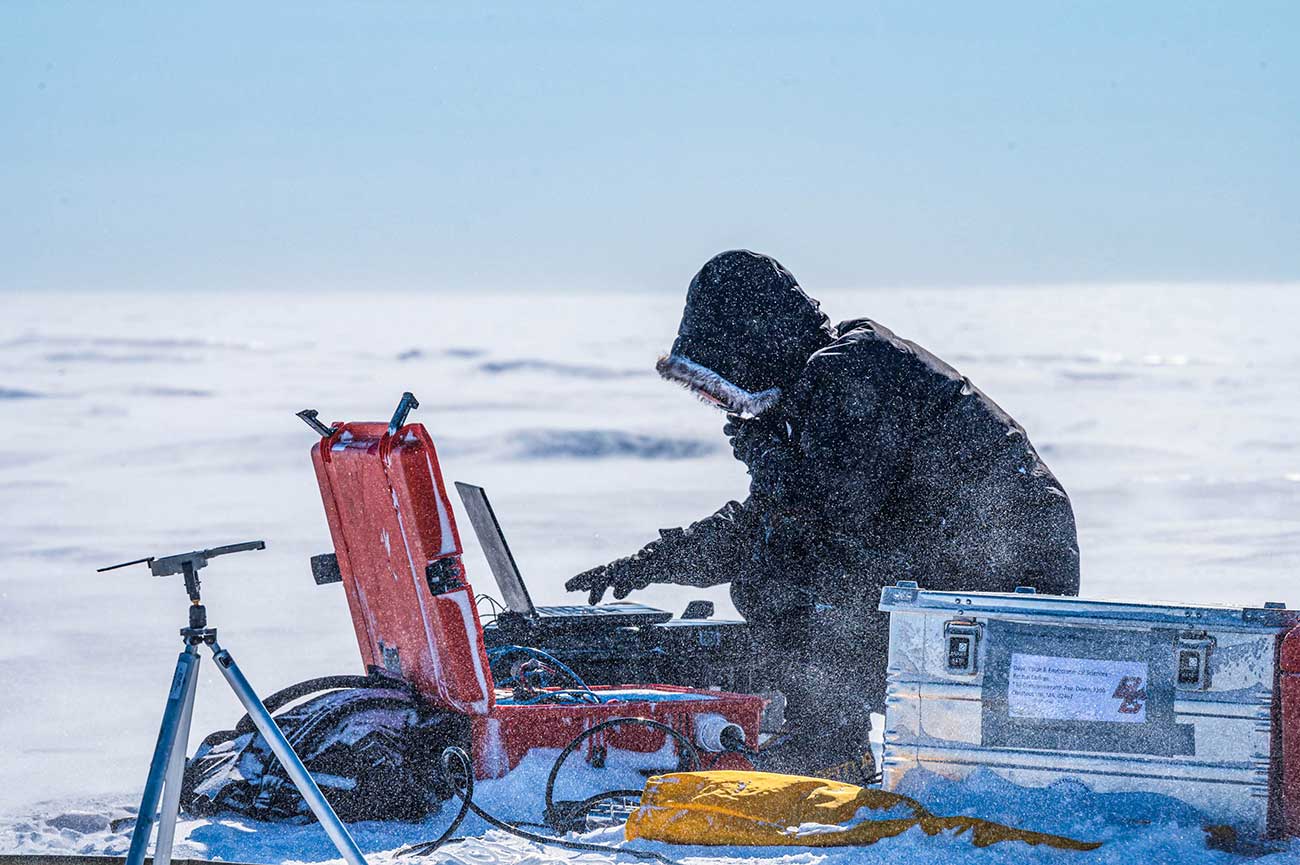
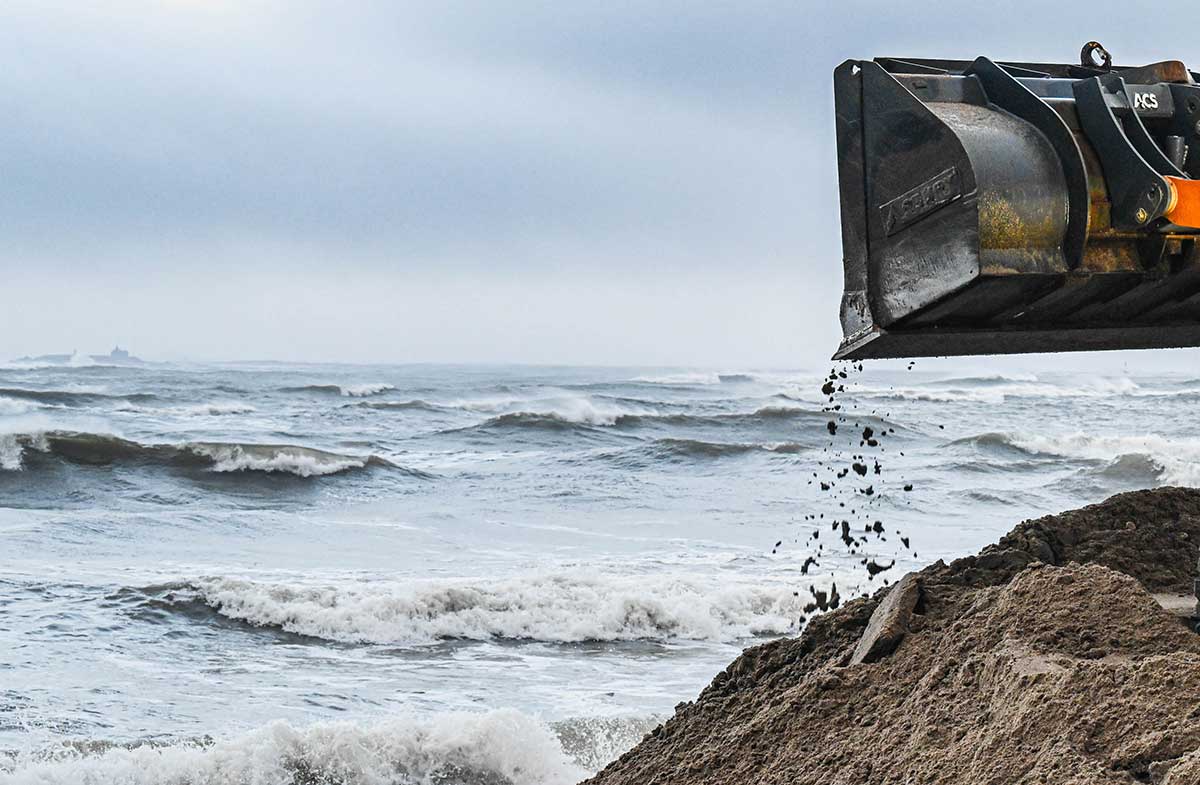
Erin Towns © All rights reserved.
With sea level rise, high tides start from a higher starting point. Tides reach further inland than they did in the past. Recently, a record high tide and powerful storm surge rocked Maine’s coast, leaving communities reeling.
Erin Towns © All rights reserved.
I pondered the toll on Greenlandic sled dog culture, where icy terrain is integral, and the traditional fishing way of life, both deeply intertwined with the frozen landscapes now in flux. Climate change brings tangible consequences that touch the very fabric of the cultures and traditions that rely on these frozen expanses.
The legacy of Arctic meltwater is a testament to the profound changes our planet is undergoing. Although at times a stunningly beautiful sight, the reality is that as Arctic ice continues to melt, it leaves behind a complex legacy of environmental, geopolitical, and scientific implications.
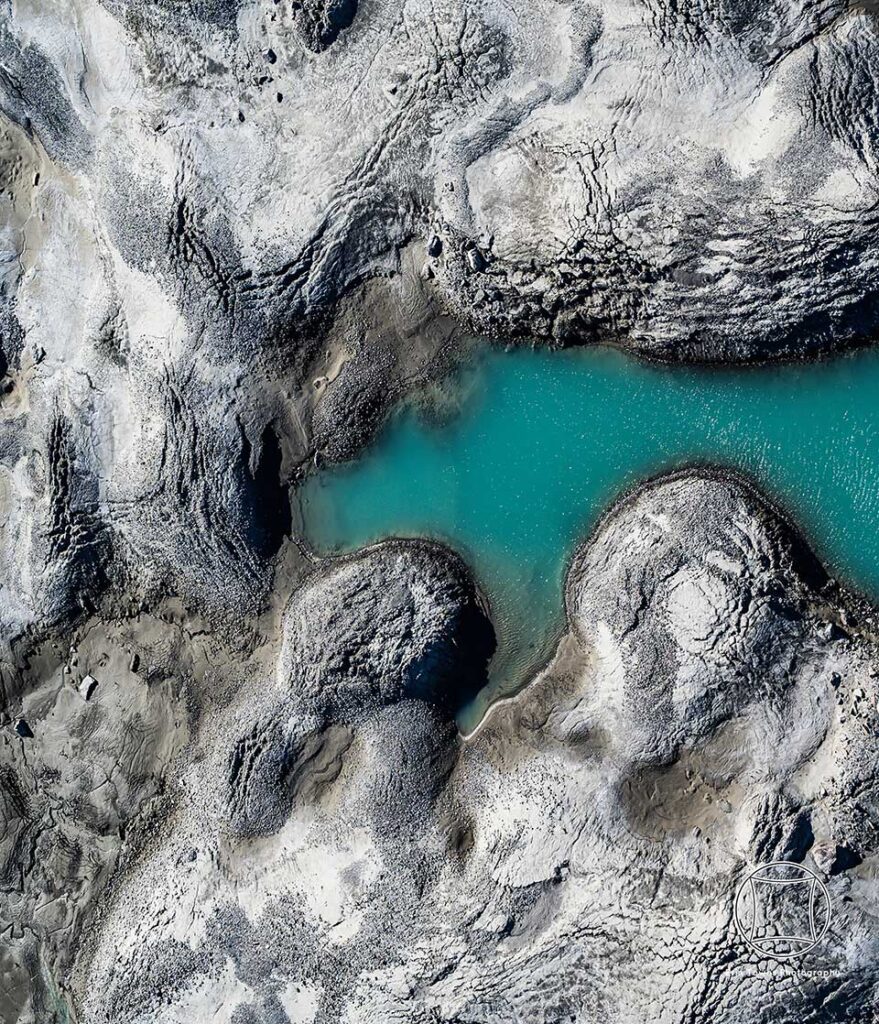
Erin Towns © All rights reserved.
ERIN TOWNS

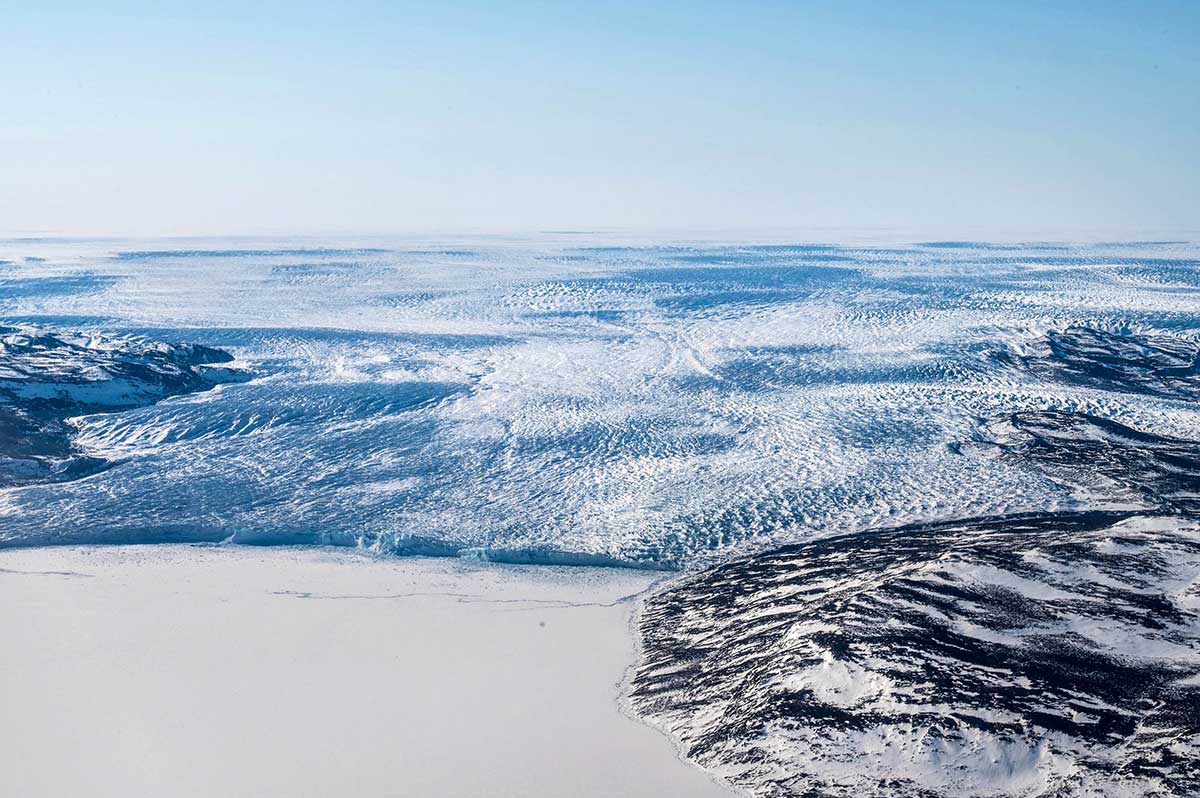
Left: Erin Towns’ Portrait © All rights reserved.
Erin Towns is a National Geographic Grosvenor Teacher Program Fellow and PolarTREC Teacher Program alumni from Augusta, Maine.
As a teacher with twenty-four years of classroom experience, she has traveled the world working with teachers and students nationally and internationally, creating an interdisciplinary curriculum that combines the study of history, economics, Earth and climate science, and visual arts.
Towns is a graduate research assistant at the University of Maine, helping to run programs that connect teens with PolarSTEM career field exploration opportunities in Arctic environments and serves as a photographer for the University of Maine’s Polar Geophysics Team.
Her artistic journey is a fusion of her deep love for the Arctic and Maine, intertwined with her passion for education and climate science. She is an inquisitive artist who thrives on capturing the intricate details of landscapes while exploring the interconnection between the Earth, animals, humans, and the science that underpins them.
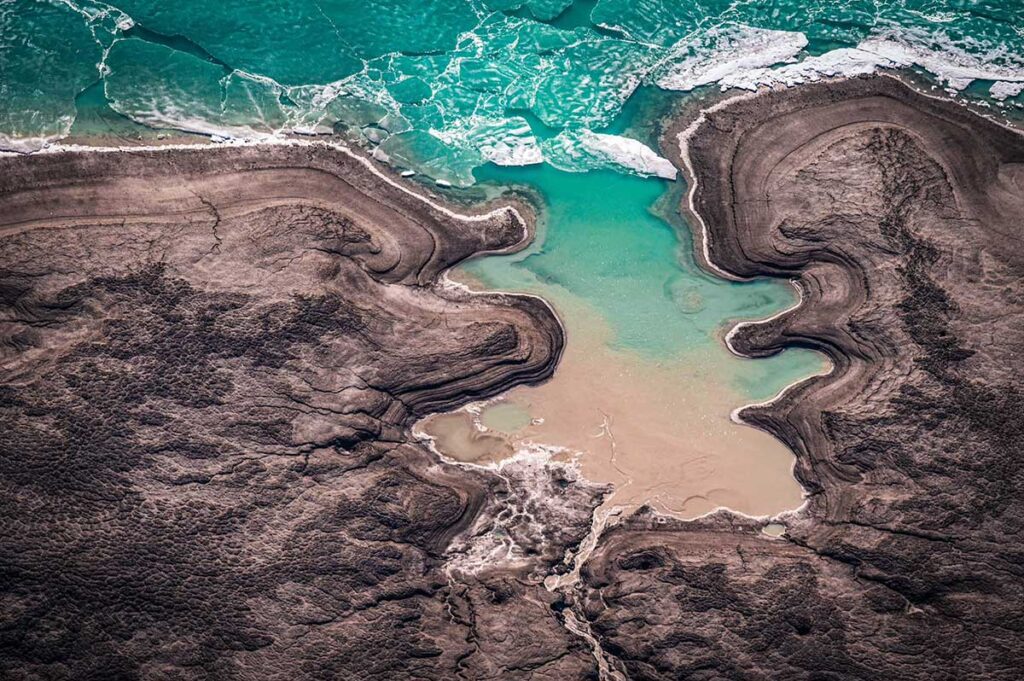
Erin Towns © All rights reserved.
Through the lens, Erin embarks daily on a journey of self-discovery, finding optimism in the face of environmental challenges. Her work is action-oriented, seeking solutions to the pressing issues of our time. Erin’s fascination with humanity is evident in her ability to showcase diverse perspectives, creating a tapestry of stories through her lens.
As a Maine-based artist, Erin draws inspiration from the beauty of her surroundings, and her photography is a celebration of Maine’s unique themes, yet it resonates universally, echoing the importance of preserving our planet. Through her work in polar regions, Erin connects changes to what’s happening in Maine for students and the community. Erin sincerely wishes that her work serves as a testament to the power of art and humans to inspire change, offering a fresh perspective on the world we inhabit.
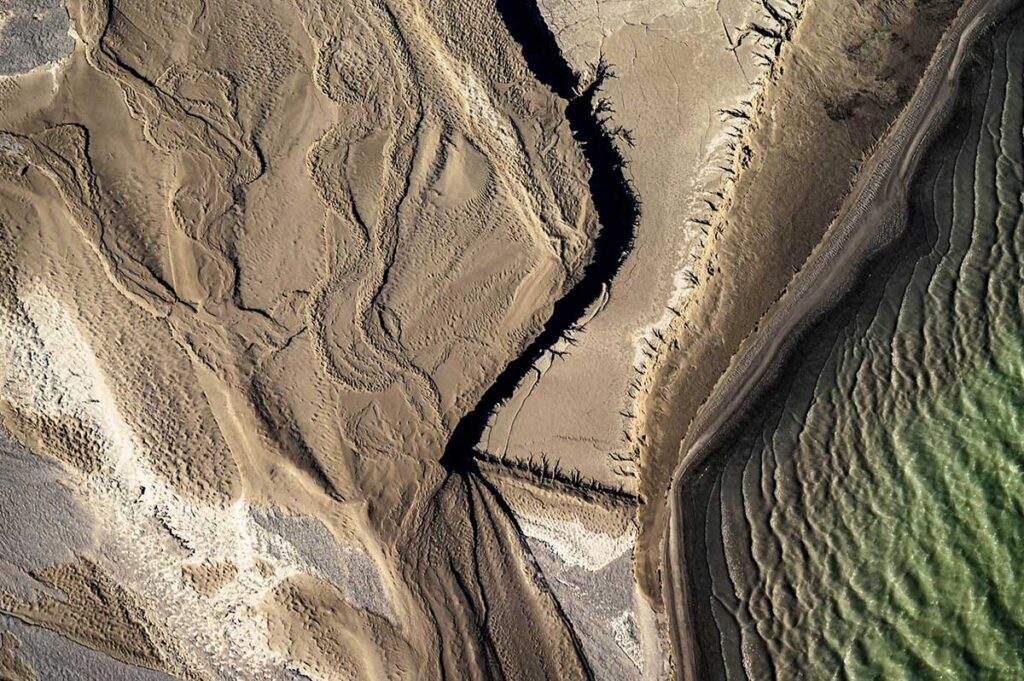
Erin Towns © All rights reserved.
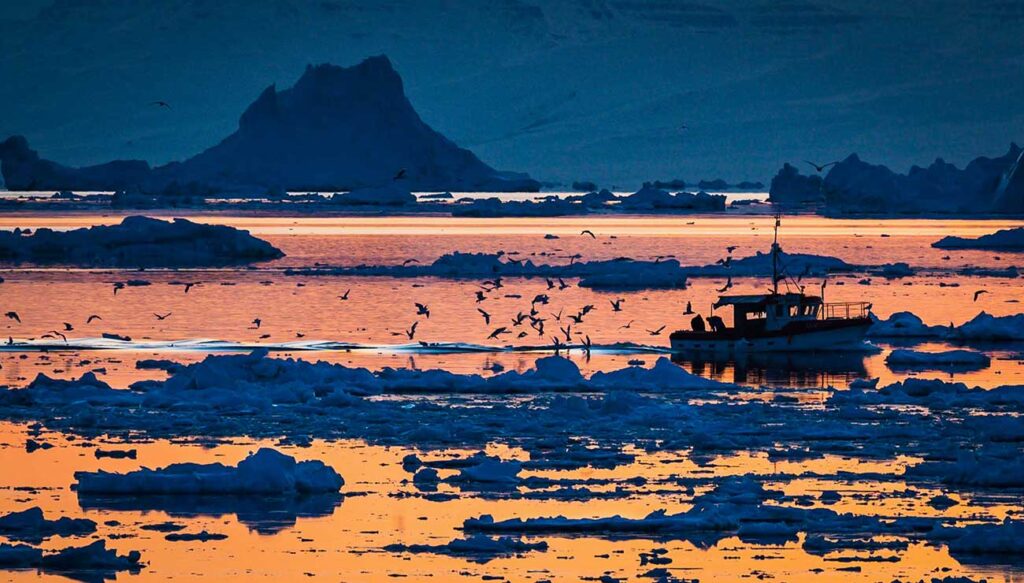
Erin Towns © All rights reserved.

